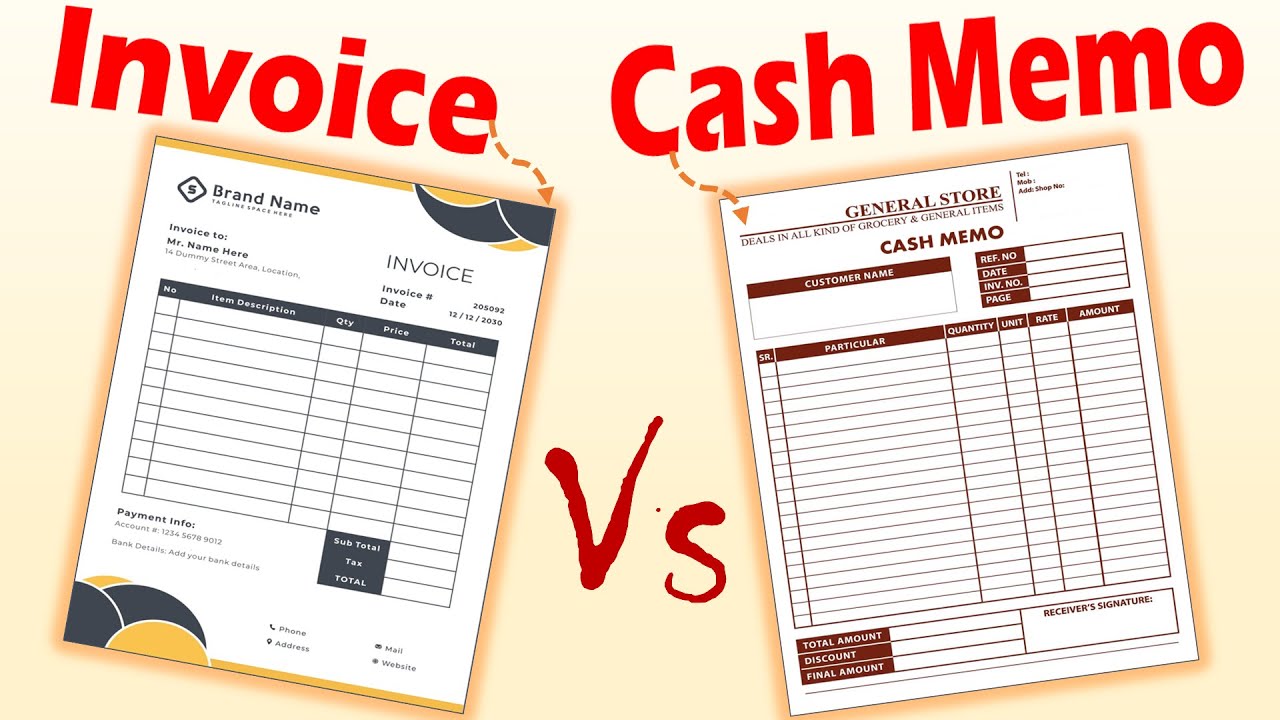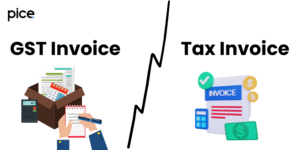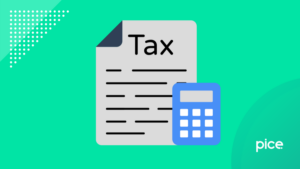What Is a Cash Memo: Understanding Cash Memo Meaning, Template and Examples
- 5 Sep 24
- 8 mins
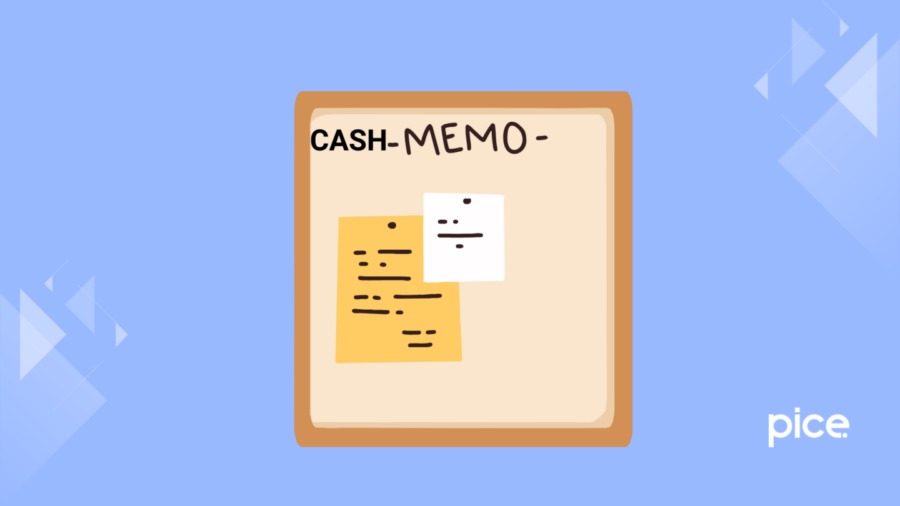
What Is a Cash Memo: Understanding Cash Memo Meaning, Template and Examples
Key Takeaways
- Purpose: A cash memo records immediate cash transactions, serving as proof of payment and aiding in cash management.
- Benefits: Offers easy manual tracking of sales and acts as a legal document for cash transactions.
- Contents: Includes date, vendor/buyer details, product info, total price, and authorized signature.
- Drawbacks: Prone to errors, not suitable for large businesses, and doesn't support credit sales.
- Invoice Difference: Cash memos are for immediate payments, while invoices are used for credit transactions with payment due later.
In business transactions, documentation of sales and purchases is essential. Among the many pieces of documentation for cash transactions, a cash memo is one of the primary ones. It contains various important information like the details of products, transactions between buyers and sellers, signature of the cashier and many more.
In this blog, we will discuss what is cash memo, focussing on its advantages and disadvantages, contents, how it differs from an invoice and the important role it plays in cash transactions.
Cash Memo Definition
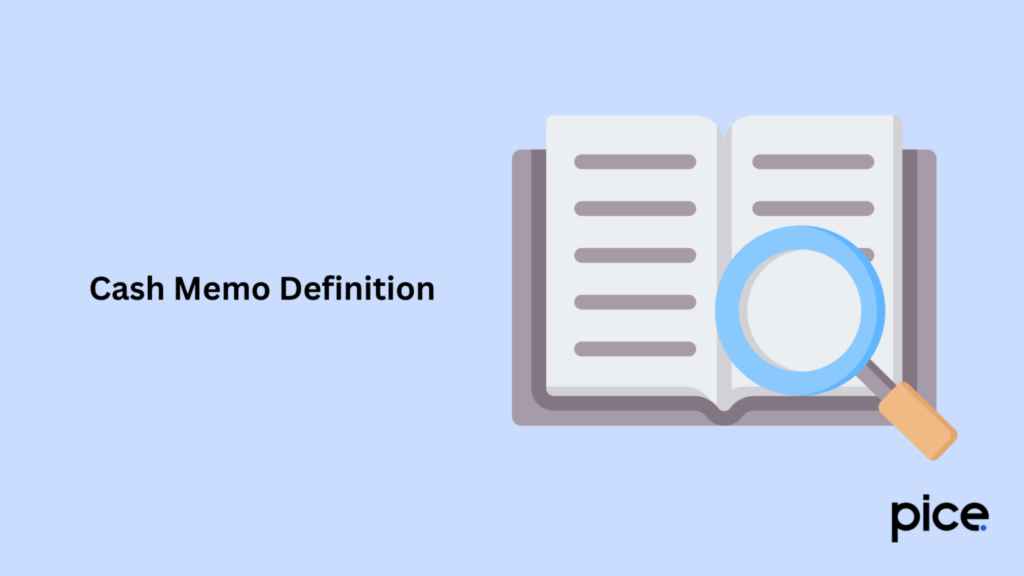
A cash memo is a legal document that a seller issues to a buyer during a sale. It is equivalent to an invoice copy which reflects tax payments, business financing, cash flow status, etc. Cash memos are prepared with a copy, where the buyer receives the first copy, and the seller keeps the second one.
It helps you to track all your business-customer and business-to-business transactions. This trading document helps you with cash management, tax payments and cash reconciliation. This further helps to avoid confusion and discrepancies.
Benefits of Using Cash Memos
The primary benefits of cash memos are:
- Proper Tracking: Memos help businesses keep track of their accounting transactions effectively.
- Manual Process: You do not require a separate computer programming tool to create a memo.
- Legal Document: Memos can be used as proper legal documents as they carry the signatures of the responsible person.
What Are the Contents of a Cash Memo?
Not only bookkeepers and people who come from an accounting background, but business owners can create a memo too. Here are some information that memos generally consist of:
- Date: This helps to track day-to-day transactions during an accounting period.
- Name and Address of Vendor: The vendor’s name and address serve as proof of the sales.
- Name and Address of Buyer: Purchaser's name and address serve as proof of cash purchases.
- Name and Address of Supplier: It serves as an identification of the vendor who has made the sales.
- Cash Memo Serial Number: Serial numbers, a series of alphabets or numbers, help you keep track of all the sales transactions.
- Description of Products: Description of products helps you understand the nature and type of the products.
- Quantity of Products: This helps you keep track of the quantity of goods that have been sold and the quantity that is still left in stock.
- Total Price: This identifies the total price of goods sold.
- Price per Unit: Price per unit of goods or cost per item helps businesses identify sales value.
- Relevant Discounts: This helps to identify the cash discounts that have been availed, if any.
- Taxes and Other Charges: This includes taxes and other charges that have been charged on the particular product.
- Existing Terms and Conditions: This includes all terms and conditions that are associated with the cash purchase.
- Signature of an Authorised Signatory: The memo should consist of the signature of an authorised signatory to validate the transaction. This is usually the representative who collects cash.
Role of Cash Memo
Cash memos, although similar to invoices, are different. An invoice is used to record credit sales while memos record accounting transactions involving cash sales. One of the primary roles that a memo plays is to help films keep track of all the transactions and the total payment that has been made. If any dispute regarding transactions arises, memos, which a seller keeps in his cash book, can be used to judge the authenticity of the claim.
Disadvantages of Cash Memo
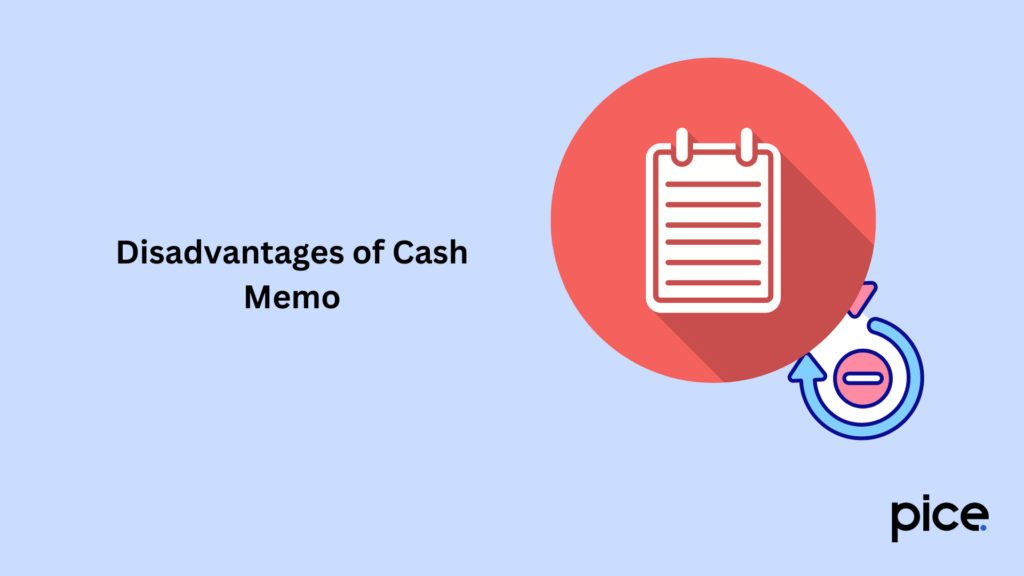
Some of the key disadvantages of using cash memo are:
- Fraudulence: Since it is prepared manually, there are chances of incorporation of wrong data by the cash memo seller. This can also lead to fraud or tax evasion.
- No Credit Sales: Cash memos do not support credit sales. This can be a disadvantage as often regular customers do not want to pay cash immediately like a few credit days.
- Not Suitable for Large-sized Firms: Cash memos are not suitable for large-sized firms as they are created manually. The larger the firm, the more the transactions. This would require interference from computer software to ease the accounting process.
- Difficult to Track: Since the tracking of income and expenses is done without any computer software, it is difficult to track all transactions.
Types of Cash Memo
Let us discuss the three types of basic cash memos in detail:
- Standard Cash Memo
A standard cash memo is a type of basic cash receipt that most businesses use to validate a cash transaction. This contains important information, like prices, taxes, product quantities, discounts, etc.
Download Cash Memo (Word Format)
Download Cash Memo (Excel Format)
- Specialised or Advanced Cash Memo
Specialised cash memo is an advanced form of the standard cash memo. It contains thorough information about not only the products but also the buyer and seller. Additionally, it contains details of tax division and applicable GST.
- Partial Cash Memo
Sellers issue partial cash memos when the buyers make payment partially by cash, and the rest through other payment modes like credit cards. Partial cash memos are typically used as tax invoices which list all details of the payment transaction.
Difference between Cash Memo and Invoice
Here are the primary differences between a cash memo and an invoice:
- Type of Transaction: You issue a cash memo for transactions where cash is paid for a transaction immediately. On the other hand, the issue of invoice is applicable in cases of credit sales transactions where payment is due at a later date.
- Purpose: Cash memos are proof of cash that has been paid. Invoices, on the other hand, are an indication of the payment that is due for a later date.
- Signature: Cash memo contains the signature of the cashier, whereas sales invoices contain the authorised signature of the seller.
- Revenue Stamps: Affixation of revenue stamps on cash receipts for transactions more than ₹50,000 is mandatory. In cases of invoices, affixing a revenue slip is not a requirement.
Take a look at the table below to learn the differences between invoice and cash memos.
| Basis of Distinction | Cash Memos | Invoices |
| Type of Transaction | Payment is made immediately | Payment is due |
| Purpose | To determine the total payment that has been made | Indication of the amount due by the buyer |
| Signature | Signature of the cashier | Signature of the seller/his agent |
| Revenue Stamp | Affixation of revenue stamps for transactions exceeding ₹50,000 | No affixation of revenue stamps |
Conclusion
Now that you are aware of what is cash memo, you know that it is an effective document used for recording sale transactions, inventory planning and complying with tax regulations. While they do have certain limitations like manual creation and not covering credit transactions, their benefits in terms of customer satisfaction and cost-effectiveness are indispensable.
💡If you want to pay your GST with Credit Card, then download Pice Business Payment App. Pice is the one stop app for paying all your business expenses.







